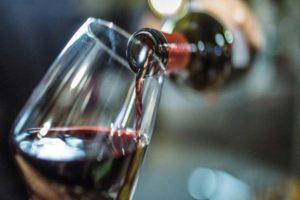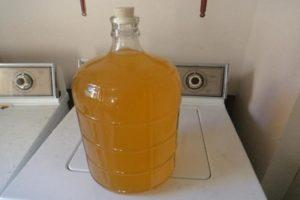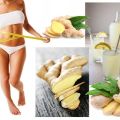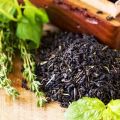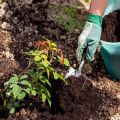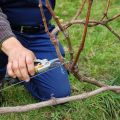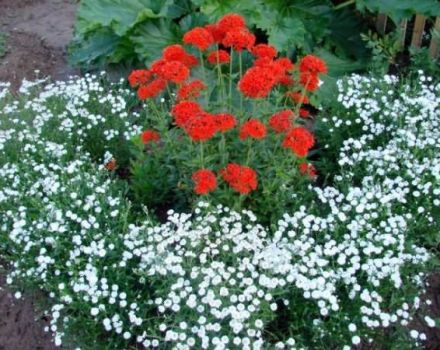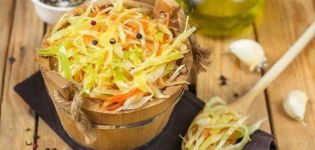Instructions on how to clarify wine with egg white at home
Homemade wine does not always become transparent after fermentation. To solve the problem, the beverage is processed to absorb unwanted wort and yeast particles. One of the options is clarification with egg white of wine with a cloudy consistency.
How to understand that you need to do lightening?
Being engaged in self-preparation of wine, it is insisted for 3-5 months, after which the degree of transparency is checked. The need to clarify an alcoholic beverage arises in situations where it remains as cloudy as before aging.
The clarification procedure, which is also often referred to as pasting, is optional since the particles that have not settled do not affect the taste of the wine. At the same time, filtration has the following positive aspects:
- the drink acquires a good appearance and does not differ from the products that are made in wineries;
- the duration of valid storage increases.

The principle of clarifying wine with egg white
Even long exposure does not always lead to the fact that all particles of yeast, wort and tartar precipitate. The process of binding unwanted particles with their subsequent fall to the bottom of the container is carried out by adding special products containing protein and tannins to alcohol. The best option is to add egg white.
In contact with wine, protein from small particles forms large flakes, and a kind of wine purification is carried out. The albumin-containing protein attracts impurities to itself, binds them and makes them heavier, as a result of which they smoothly descend. Within a couple of days after the interaction, the formed flakes begin to settle to the bottom of the container, and the drink gradually becomes clarified.

Preparation of raw materials before starting the process
Before clarifying the wine, you need to make sure that it is sufficiently ripe. For this purpose, the sealed container is placed in a warm place. If after a few days bubbles form in it, it means that the drink is not ripe. It is necessary to forcibly clarify the wine only in those situations when the alcohol has matured, and the dregs still remain.
For cleansing, prepare several fresh eggs at the rate of 1 protein per 35 liters of liquid.
How to use egg white to lighten a drink at home?
Egg white as a clarifier is effective in the clarification of all home wines, but is most commonly used in red grape drinks.To get rid of unwanted particles and remove them into the sediment, you need to separate several proteins from chicken eggs from the yolks, add a little clean water and beat the mixture until a foamy consistency. Then the whipped proteins are diluted with a glass of wine and then poured into a container where the main part of the drink is poured. You can visually notice how effective the cleansing was after 18-25 days.
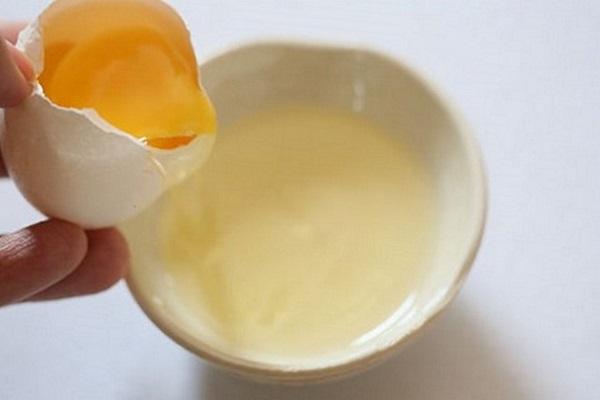
After completing the process, you need to carefully pour the clarified drink into another container. Thus, it is possible to separate the wine from the sediment so that it does not fall into the glasses during further use.
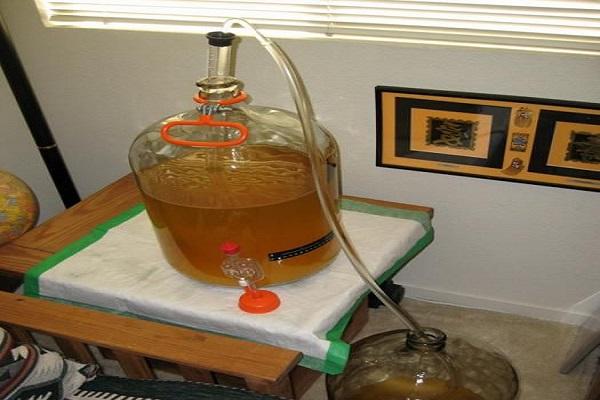
Major mistakes
When trying to clarify wine, many make mistakes due to lack of practical experience or inattentive familiarization with the instructions. Among others, common mistakes include:
- Clarification of the drink at once in large volumes. In order to effectively cleanse wine, it is better to take several small portions and experimentally carry out the process, changing the dosage and concentration of egg white.
- Incorrect amount of clarifier. The addition of a small amount of egg white will leave a suspension in the liquid, and in the opposite situation, the wine will deteriorate.
- Single cleansing with strong turbidity. Getting rid of many yeast and wort particles is only possible through a few clarification steps.
- Adding egg whites to inappropriate steps in the beverage production. You can use the clarifier only before the start of fermentation (before the fermentation process), when the drink is stabilized and before direct bottling.
- Using the protein of stale eggs. It is possible not to spoil the taste characteristics of the wine only by adding fresh protein, preferably from home eggs. Otherwise, the risk of a negative reaction of the product to contact with protein increases.
Compliance with the basic rules for cleaning the drink will avoid the listed errors. The result will be homemade wine with a long shelf life and attractive appearance.
